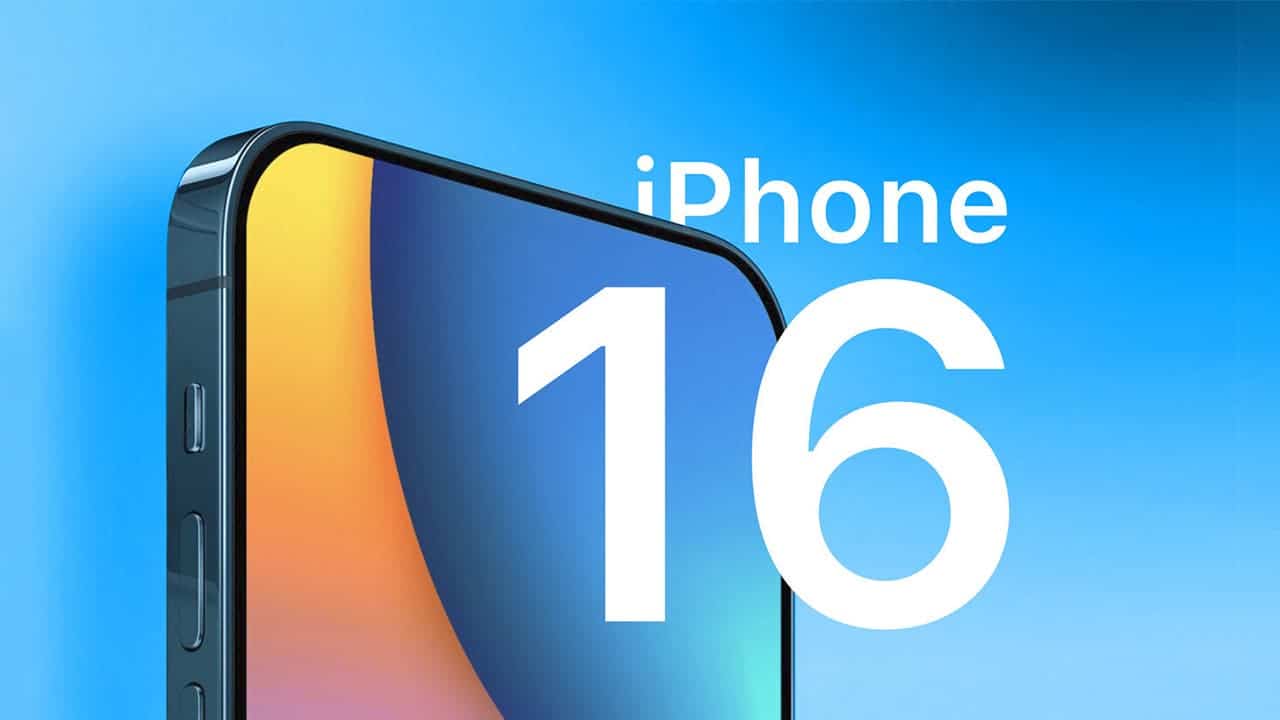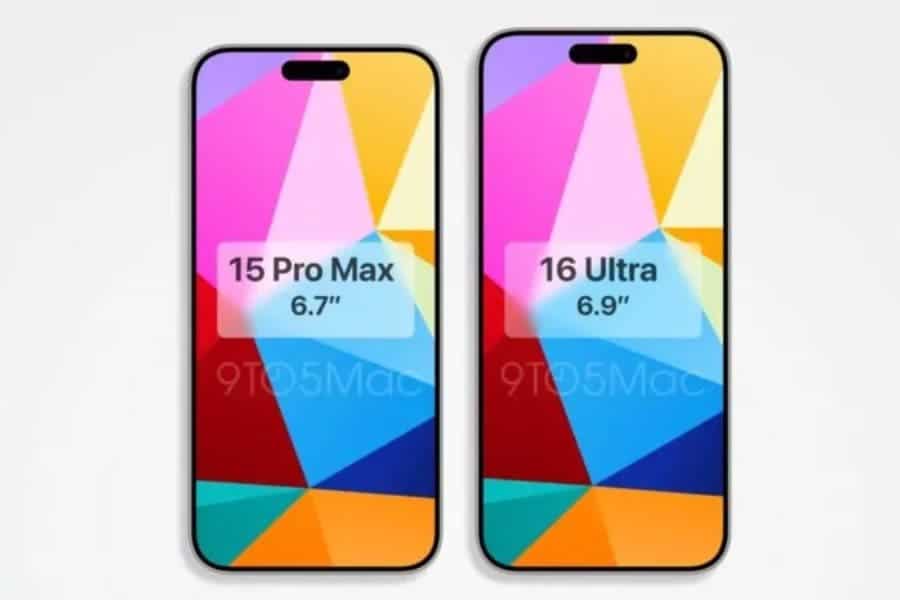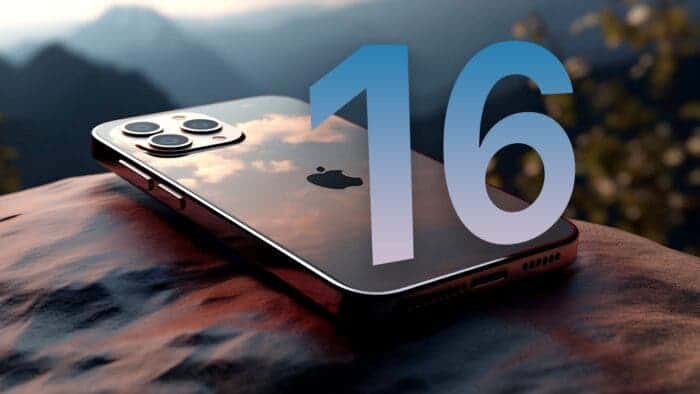Apple’s upcoming iPhone 16 series is set to revolutionize the smartphone market with its adoption of ultra-narrow bezel technology, enhancing the screen-to-body ratio and maximizing display size. Korean media outlet SisaJournal reports that Apple plans to introduce a new Border Reduction Structure (BRS) technology in the iPhone 16 lineup, aimed at significantly reducing the bezel width around the display screen. This innovative approach involves rolling internal copper wires into a more compact structure, allowing for thinner bezels and a more immersive viewing experience across all four models of the iPhone 16 series scheduled for release in the latter half of this year.

Technological Advancements for Enhanced Display
Apple’s commitment to implementing BRS technology marks a significant advancement in smartphone design. Despite previous challenges related to heat dissipation, recent improvements in this area have reignited Apple’s efforts to leverage ultra-thin bezels in the iPhone 16 series. Last year, Apple successfully reduced the bezel width of the iPhone 15 Pro model to an impressive 1.5mm using low-pressure injection moulding (LIPO), showcasing the company’s dedication to pushing boundaries in display technology.
Gizchina News of the week
Evolution of Display Sizes and Form Factors
The iPhone 16 Pro models would likely lead the charge in display innovation, with reports indicating a substantial increase in screen size compared to their predecessors. The iPhone 16 Pro will boast a 6.27-inch display, while the larger iPhone 16 Pro Max will feature an expansive 6.85-inch screen, providing users with a more immersive visual experience. These larger displays will necessitate slight increases in the height and width of the devices, offering Apple additional internal space to accommodate enhanced components such as larger batteries for extended usage.

Looking ahead, Apple’s plans include using a large 6.27 inches and 6.86 inches display for the iPhone 17 and iPhone 17 Plus models respectively. These devices will officially hit the market in 2025. This strategic move shows Apple’s commitment to continuous innovation and design changes. It ensures that each new model of Apple’s top smartphones delivers cutting-edge features and an unparalleled user experience.
Conclusion
In conclusion, Apple’s integration of ultra-narrow bezel technology in the iPhone 16 series represents a significant leap forward in smartphone design, promising users larger displays and sleeker form factors. By leveraging innovative solutions like BRS and prioritizing advancements in heat dissipation, Apple continues to set new standards for mobile technology, cementing its position as a leader in the industry.





